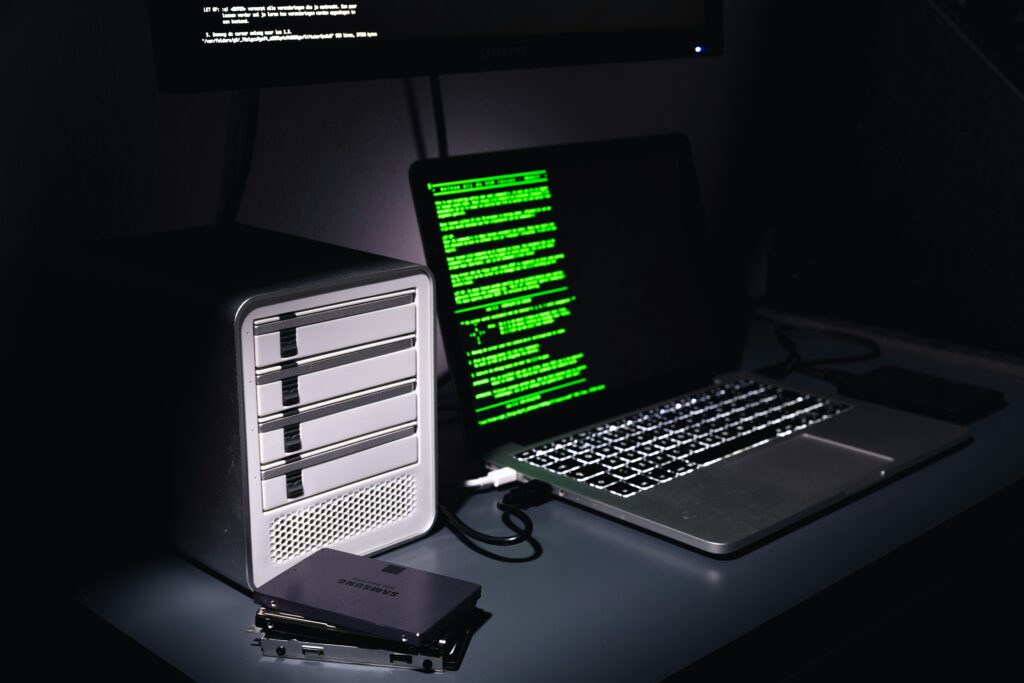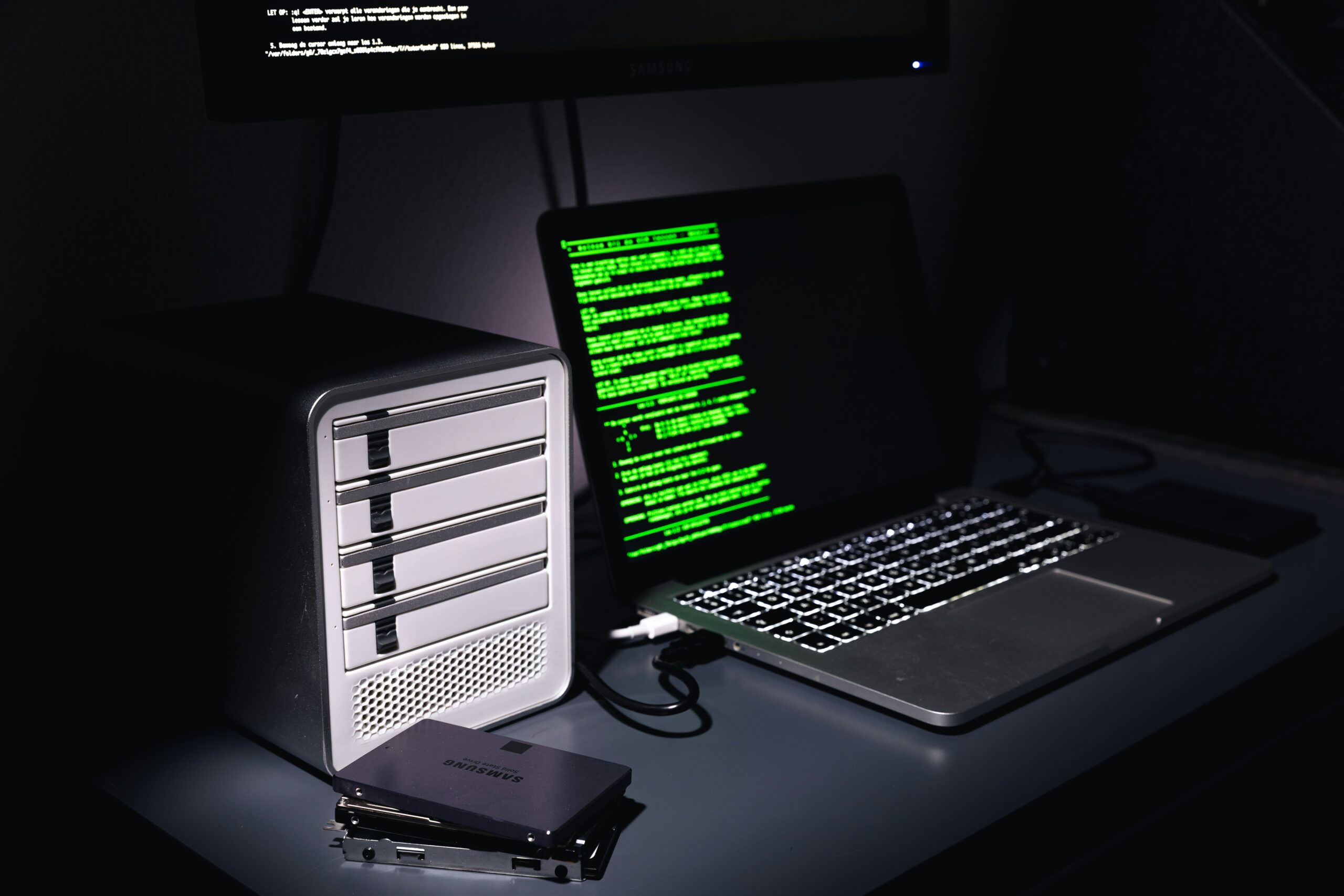5 Critical Procurement Risks Every UK Cyber Leader Must Address
In today’s rapidly evolving cybersecurity landscape, organisations face an unprecedented convergence of sophisticated threats, accelerating technological change, and increasingly stringent regulatory requirements. Recent high-profile incidents ranging from data privacy investigations involving major platforms to ransomware attacks disrupting global supply chains underscore the critical importance of strategic procurement decisions in cybersecurity.
For Chief Information Security Officers (CISOs), Chief Technology Officers (CTOs), and business leaders across small and medium enterprises (SMEs) and scale-ups, the procurement process has evolved far beyond simple vendor selection. It now represents a cornerstone of organisational resilience and competitive advantage.
The Strategic Imperative of Cybersecurity Procurement
Contemporary cybersecurity procurement extends well beyond acquiring tools and technologies. It requires a nuanced understanding of organisational risk profiles, compliance obligations, and budgetary constraints. The 2025 UK Cyber Security Breaches Survey reveals that 43% of small businesses experienced a cyber breach or attack in the previous year, yet many organisations continue to struggle with effective vendor risk assessment and security solution integration.
This disconnect between threat reality and procurement practices presents a significant strategic vulnerability that demands immediate attention from cybersecurity leadership.
Five Critical Procurement Challenges Facing UK Organisations
1. Navigating Market Saturation and Vendor Differentiation
The cybersecurity vendor landscape has become increasingly crowded, making it challenging to distinguish genuinely effective, scalable solutions from those that merely contribute to market noise. Leaders must develop sophisticated evaluation frameworks that cut through marketing rhetoric to identify vendors capable of delivering measurable security outcomes.
2. Balancing Comprehensive Protection with Financial Constraints
SMEs and scale-ups face the perpetual challenge of achieving robust cybersecurity posture within realistic budget parameters. This requires strategic prioritisation of security investments based on risk assessment rather than feature comparison.
3. Addressing the Absence of Standardised Evaluation Metrics
The lack of consistent, transparent evaluation criteria across the vendor ecosystem complicates informed decision-making. Organisations must develop internal frameworks for vendor assessment that transcend vendor-provided specifications.
4. Responding to Rapidly Evolving Threat Landscapes
Recent developments, including kernel-level attacks on Windows systems and Bluetooth vulnerabilities, demonstrate the accelerating pace of threat evolution. Procurement strategies must incorporate flexibility to address emerging risks without constant vendor replacement.
5. Ensuring Seamless Integration and Operational Usability
Security solutions must complement existing IT environments without introducing operational complexity that could paradoxically increase security risks through user circumvention or administrative burden.
Five Strategic Approaches to Procurement Excellence
1. Implement Risk-Based Procurement Methodologies
Align procurement decisions with comprehensive understanding of organisational critical assets and threat exposure. This ensures security investments target the most significant risks rather than pursuing generic security coverage.
2. Demand Transparency and Security Evidence
Require vendors to provide substantive security validation, including independent penetration testing results and recognised compliance certifications such as Cyber Essentials. Transparency should extend to incident response capabilities and security update procedures.
3. Leverage Collaborative Procurement Strategies
Engage with industry consortia and strategic partnerships to share threat intelligence, pool procurement resources, and negotiate more favourable contract terms. Collective procurement power can drive vendor accountability and innovation.
4. Prioritise Architectural Compatibility
Select solutions designed for seamless integration with existing IT infrastructure, minimising operational disruption while maximising security effectiveness. Consider long-term scalability and interoperability requirements.
5. Build Contractual Flexibility
Structure vendor agreements to accommodate organisational growth, technological evolution, and emerging threat responses. Include provisions for regular performance reviews and adaptation to changing security requirements.
Current Threat Context and Procurement Implications
The contemporary threat landscape directly impacts procurement considerations. Sophisticated threat actors continue to demonstrate persistence and innovation, while ransomware groups increasingly target critical infrastructure sectors. Recent developments requiring procurement attention include:
- Ongoing investigations into data sovereignty and cross-border data handling practices
- Kernel-level exploits utilising malicious signed drivers
- Weaponised browser extensions delivering advanced malware
- Critical Bluetooth protocol vulnerabilities affecting billions of connected devices
These developments highlight the intersection between emerging threats and third-party software evaluation, particularly concerning cloud service providers and integrated security platforms.
Procurement as a Strategic Security Function
Supply chain attacks accounted for over 35% of UK cyber incidents in 2024, demonstrating the critical importance of vendor management in overall security posture. For resource-constrained organisations, procurement decisions can fundamentally determine cybersecurity resilience.
Effective cybersecurity procurement requires:
Embedded Security Expertise: Integrate cybersecurity professionals directly into procurement teams to ensure technical competence in vendor evaluation.
Comprehensive Policy Framework: Establish clear policies that prioritise security considerations throughout the entire procurement lifecycle.
Cross-Functional Collaboration: Foster close cooperation between IT, security, and procurement departments to ensure aligned objectives and shared accountability.
These measures are essential for minimising supply chain vulnerabilities and maintaining compliance with evolving regulatory frameworks, including the UK Data Protection and Digital Information Bill.
Building Future-Ready Procurement Capabilities
Looking ahead, UK organisations must develop procurement strategies that emphasise innovation, security, and adaptability. Key considerations include:
Dynamic Risk Assessment: Continuously update vendor risk evaluations in response to emerging threats and changing business requirements.
Ongoing Professional Development: Invest in training for procurement and security personnel on current cyber risk trends and mitigation strategies.
Emerging Technology Integration: Explore advanced technologies such as AI-driven security tools and zero-trust architectures while ensuring these are sourced from reliable, transparent suppliers.
Conclusion
In an era where cybersecurity resilience increasingly defines competitive advantage, procurement represents a vital enabler of security, trust, and operational continuity. Organisations that fail to address these five critical procurement risks expose themselves to significant security vulnerabilities and potential business disruption.
The path forward requires strategic thinking, cross-functional collaboration, and a commitment to continuous improvement in procurement practices. By addressing these challenges proactively, UK cyber leaders can transform procurement from a operational necessity into a strategic advantage.
Latest episode: All you need to know about reshaping procurement, events and community – watch here
SECURE Recruitment connects you with the data, AI and security talent needed to put you on the cutting edge of cyber security.
Book a confidential chat: https://www.secure-recruitment.com/contact
Join the SECURE | CYBER CONNECT community for weekly threat briefings and peer mentoring.
Innovate boldly. Govern wisely. Your customers (and regulators) will thank you later.






